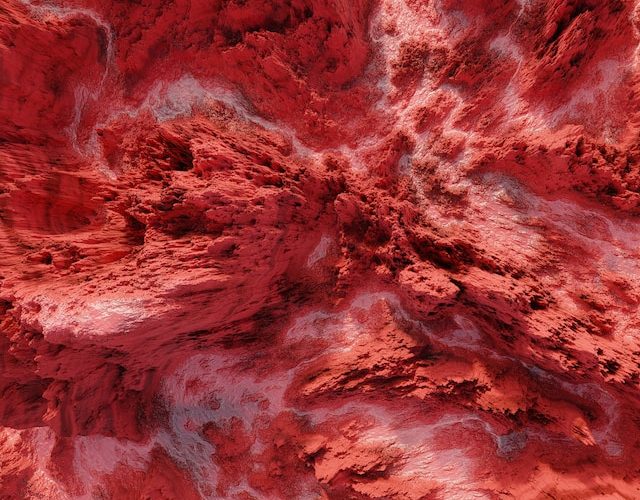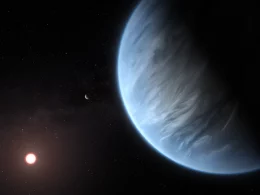Introduction:
In a groundbreaking development, scientists have recently made a startling discovery on the Red Planet. Seismic activity, known as “marsquakes,” has been detected on Mars, shattering our preconceived notions about the geology of this alien world. This finding opens up new frontiers for exploration and offers valuable insights into the history and composition of Mars.
Unveiling the Martian Tremors:
The revelation of marsquakes comes from the data collected by NASA’s InSight lander, which touched down on Mars in November 2018. Equipped with a sophisticated seismometer called the Seismic Experiment for Interior Structure (SEIS), InSight has been diligently recording the subtle vibrations beneath the Martian surface.
Since its deployment, SEIS has captured over 500 seismic events, with the majority being categorized as marsquakes. These tremors vary in intensity, ranging from barely detectable rumbles to more significant jolts. Their frequency and distribution have provided scientists with valuable information about Mars’ subsurface structure.
Challenging Our Understanding:
The detection of marsquakes challenges our existing understanding of planetary geology. Initially, Mars was believed to be geologically inactive, lacking the tectonic plate movements that give rise to earthquakes on Earth. However, these recent findings suggest that the Red Planet may possess a more dynamic geological history than previously thought.
By analyzing the characteristics of the marsquakes, scientists have been able to gain insights into the internal structure of Mars. They have discovered that the Martian crust is likely more fractured and brittle than anticipated, possibly due to ancient impacts and volcanic activity. These revelations present exciting opportunities to unravel the mysteries of Mars’ past and its potential for harboring signs of past or present life.
The Implications:
The discovery of marsquakes has significant implications for future exploration and colonization efforts on Mars. Understanding the planet’s seismic activity is crucial for planning the construction of structures, ensuring their stability, and safeguarding the well-being of future inhabitants.
Moreover, the seismic data obtained by InSight has allowed scientists to create detailed 3D models of Mars’ interior, revealing the composition and density of its layers. These findings offer valuable insights into the planet’s geological evolution, shedding light on questions regarding the formation and differentiation of Mars.
Unlocking the Secrets of the Red Planet:
With InSight’s mission extended indefinitely, scientists are optimistic about the wealth of data still to be collected. By continuing to monitor marsquakes and analyzing the resulting seismic waves, researchers can refine their understanding of Mars’ inner workings.
Additionally, this discovery paves the way for future missions and technologies specifically designed to study the Martian geology in more detail. The information gained from these efforts will be crucial for planning future manned missions, resource exploration, and potential colonization.
Conclusion:
The discovery of marsquakes has reshaped our understanding of the geology of Mars. It highlights the need for continuous exploration and research to unravel the mysteries of this neighboring planet. As scientists delve deeper into the seismic data from InSight, we can look forward to uncovering more about the geological history of Mars and potentially finding answers to questions that have captivated our imagination for centuries.












